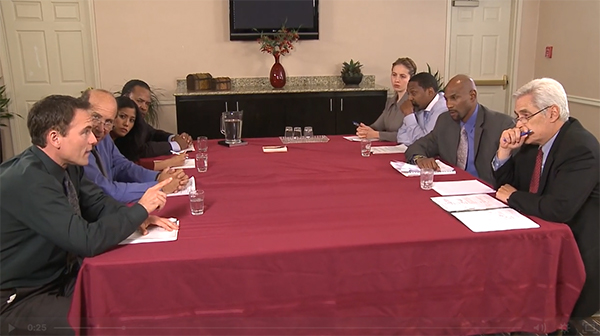How Collective Bargaining REALLY Works
The union and the company come together for a series of meetings to reach an agreement on a union contract.
During these meetings, the union is allowed to ask for the things it’s promised you, but it’s also allowed to ask for things the union wants, things that you might not care about at all.
And the union can trade away things that you do care about to get what they want.

Risks of Bargaining
No time limit.
Bargaining can take months or years.
No improvements.
The Company cannot make changes to wages, benefits or working conditions during bargaining.
No guarantees.
By law, there’s no guarantee or requirement that a contract ever be reached.
Everything’s on the table.
Your wages, benefits, vacations and holidays may be traded away by your union negotiator.
Management Rights
In a typical union contract, you’ll see language that says the company has the right to:
- Allocate its resources, manage its facilities, and direct the workforce
- Hire, promote, transfer, demote, and/or lay off employees
- Sub-contract or contract out work
- Establish & modify policies, rules & regulations governing safety, performance, procedures, and conduct
Basically, the company still runs the business — union or not.
Less Than You Bargained For
The National Labor Relations Board has ruled that:
… collective bargaining is potentially hazardous for employees and that as a result of such negotiations employees might possibly wind up with less after unionization than before.
— Coach and Equipment Sales Corp., 228 NLRB 440
There are no quick fixes and when it’s all over, you could even end up with LESS than what you have right now.